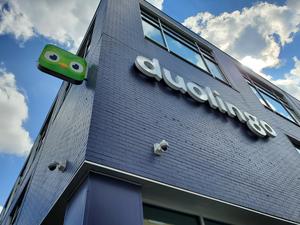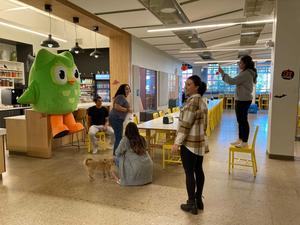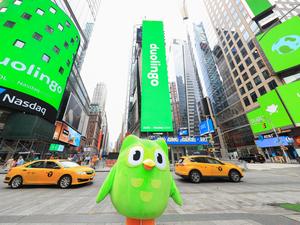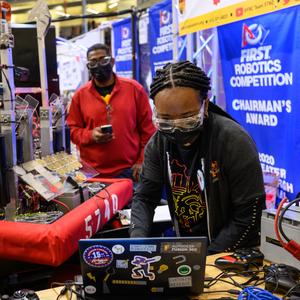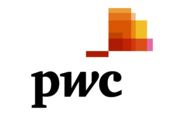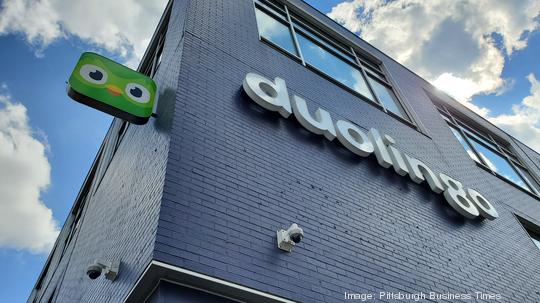
Duolingo is always finding new ways to experiment and its continued innovations aimed at trying to increase user engagement are paying off.
The East Liberty-based educational platform maker announced it has surpassed 3.3 million paying subscribers to its premium language learning offering, Super Duolingo, during the Duolingo Inc. (NASDAQ: DUOL) Q2 earnings call on Thursday. That's up 71% year-over-year for the company, which also reported having 13.2 million daily active users and 49.5 million monthly active users, up 44% and 31% year-over-year, respectively.
Per CEO and Co-Founder Luis von Ahn, the continued use of A/B testing on the platform by the company's engineers is responsible not only for this growth but also for future enhancements and features to come.
A/B testing, sometimes referred to as bucket testing or split-run testing, is a form of two-sample hypothesis testing where two versions of a single variable are shown to different groups to determine which variable is preferred among respondents. It's a common practice used by tech companies but also by others like marketers and news publications to help drive engagement.
"We use A/B testing to optimize nearly everything related to our products, from new gamification features, to our learning content, to our Super [Duolingo] purchase page design, and even to the notifications that learners receive as reminders to do their lessons," said von Ahn during the earnings call. "These tests help us grow users, teach better, and grow subscribers, all of which are key elements of our growth strategy."
According to von Ahn, the company runs about 500 different A/B tests every quarter. All of this testing, von Ahn said, starts with a hypothesis stemming from user feedback and data, lessons learned from prior experiences and also the intuition of the company's software engineers. Testing results are then measured across Duolingo's three benchmark areas: learning efficacy, user engagement and monetization.
A/B testing is being used for two upcoming product updates — Quests tab and Side Quests — which will be aimed at increasing user engagement on the platform and revenue, respectively. It's also been used repeatedly on the screen shown to users encouraging them to try Super Duolingo, which initially started out in a passive presentation by only showing perks and not costs before evolving into a more active and engaging explanatory screen that shows users a timeline of how their free trial to Super Duolingo will work. All of the changes leading to this current edition came from user preferences over prior editions of this screen.
"The purchase screen is an example of one of the thousands of features, designs, flows, and mechanics that we’ve optimized through A/B testing," von Ahn said. "We believe this constant product iteration accounts for not only a better product, but also a significant portion of our organic growth, engagement and subscriber conversion."
Duolingo's premium subscribers brought in $65.2 million for the company's second fiscal quarter, an increase of 50% year-over-year and accounting for 73.7% of its $88.4 million in total revenue during the same period. Companies showing advertisements to those using Duolingo's free version of the platform led to $11.2 million in revenue for Duolingo during Q2, up 24% year-over-year. The Duolingo English Test brought in $4.8 million during the quarter, up 66% from the previous year's quarter.
The gains in revenue couldn't exceed those earned in losses during the quarter, however. Duolingo posted a quarterly loss of $0.38 per share. Research and development-related operating expenses grew 56% year-over-year to $34.2 million during the quarter primarily due to the company's growth in workforce, which now stands at over 500 people.
"I’m very proud that we delivered over 50% growth in bookings and revenue from the prior year quarter, despite a challenging macroeconomic environment," said von Ahn. "We see this growth as a result of our relentless focus on constant product improvement. Through continuous experimentation, we are driving organic growth, deeper user engagement, and stronger free-to-paid user conversion."

